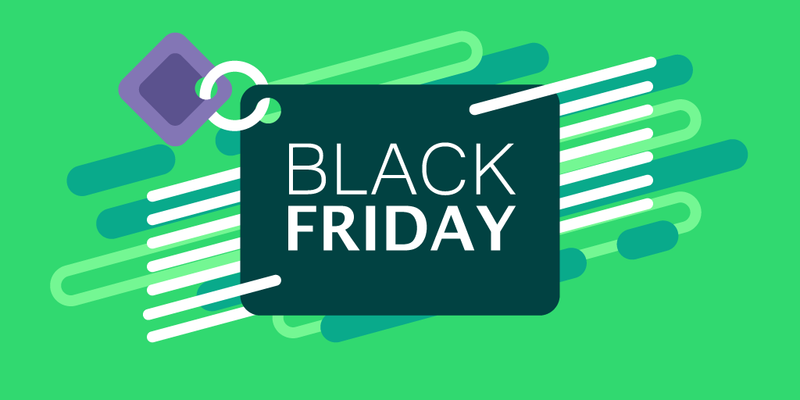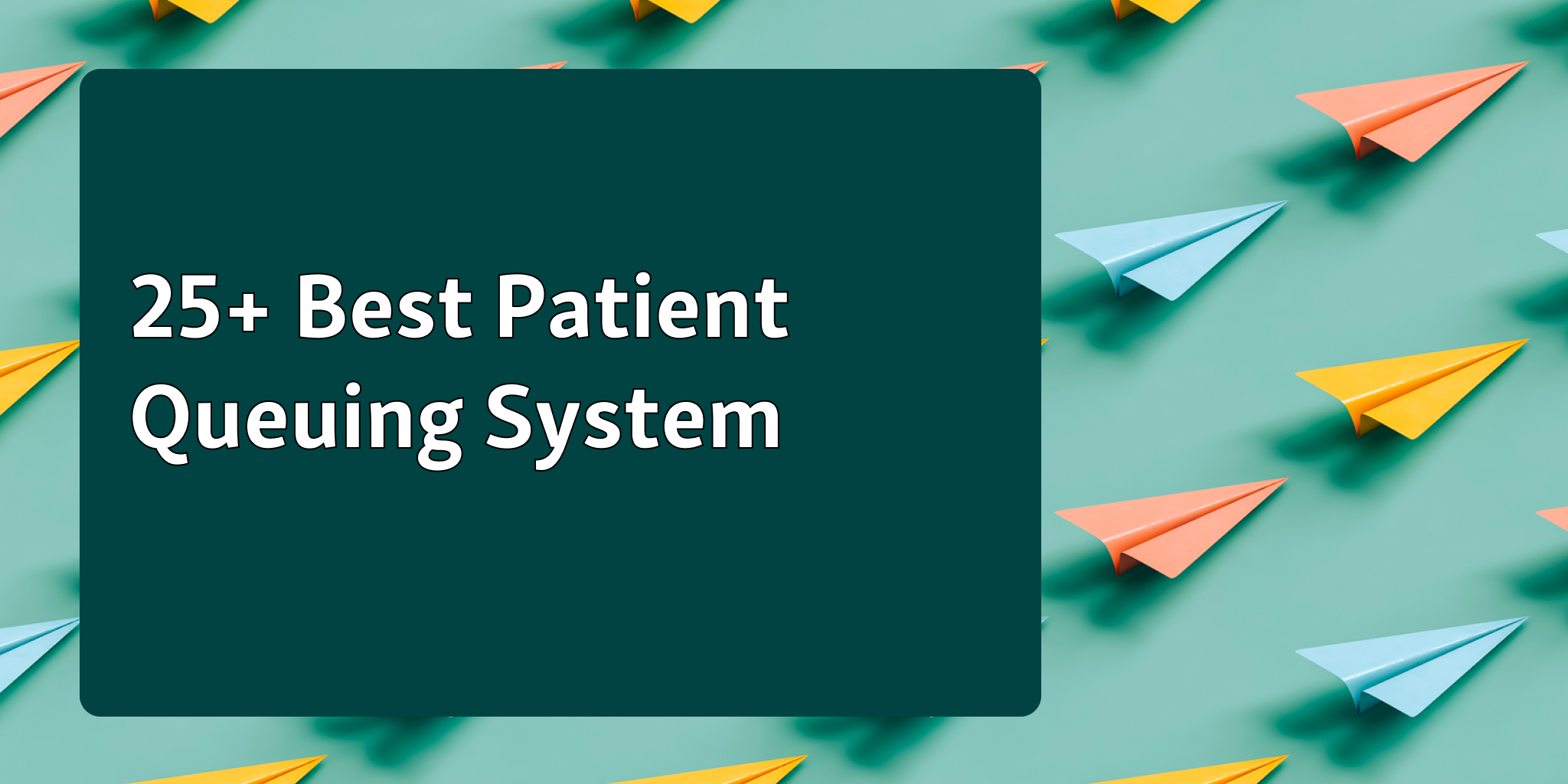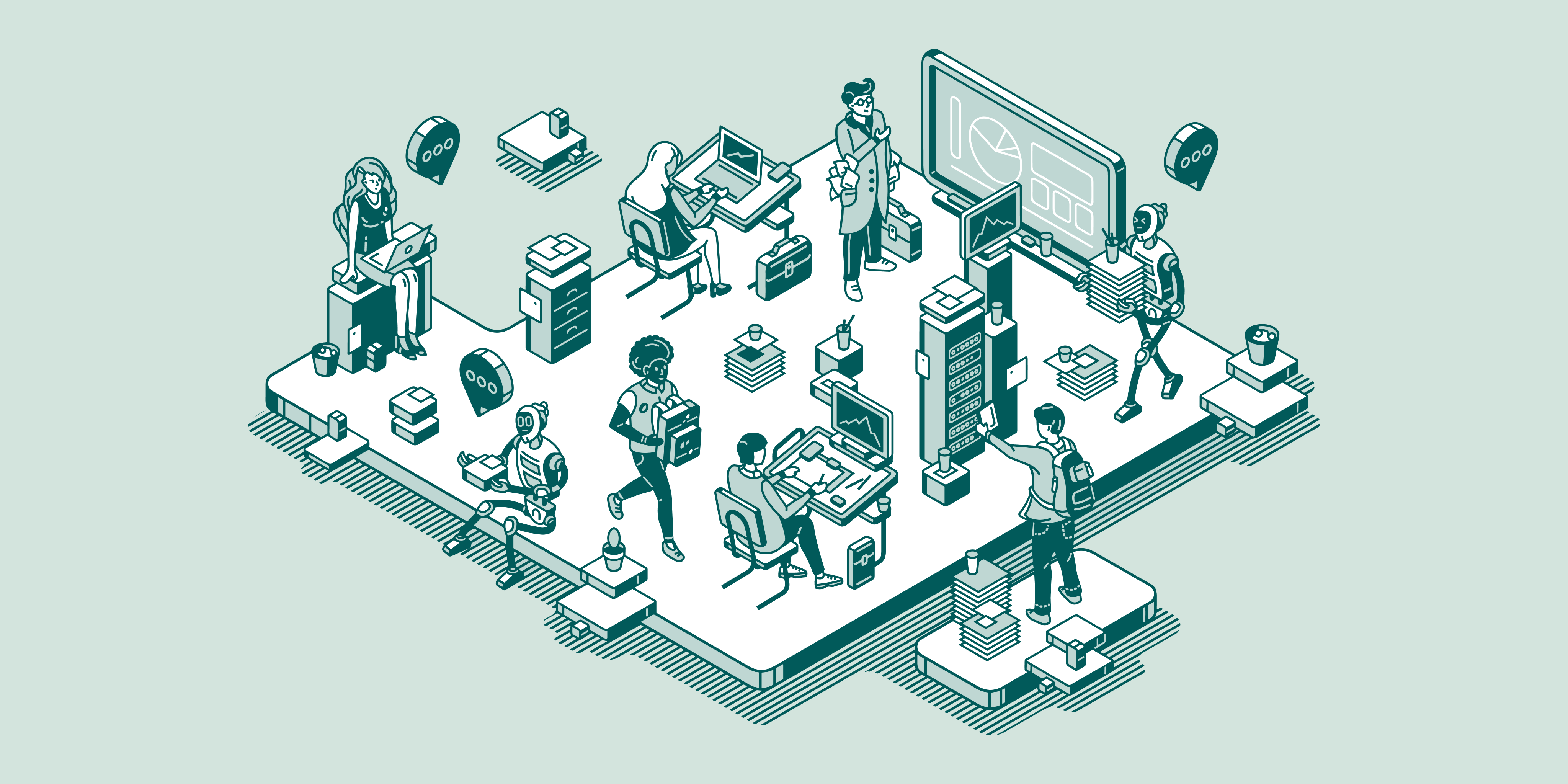If there’s one day that pushes retailers to the limit, it’s Black Friday. The crowds don’t trickle in, they flood. In 2022, more than 155 million people in the U.S. went shopping, and you can imagine what that looked like inside the stores.
When you’re in the middle of it, you’re trying to do three things at once: keep people safe, keep the store running, and keep sales flowing. Without a solid plan, even seasoned teams can lose control fast.
This blog shares a practical Black Friday retail checklist to help you manage crowds, keep operations organized, and deliver a positive experience for every shopper.
Black Friday Checklist (Quick Reference)
Here’s a quick overview of the retail checklist for successful Black Friday management. Keep these points handy for quick action:
Put Safety First – Follow OSHA guidelines, have trained staff, and avoid unsafe crowd control.
Keep Queues Moving with Tech – Use virtual queue systems like Qminder to reduce wait times and chaos.
Use Store Space the Right Way – Plan layouts to reduce congestion and let customers browse freely.
Use a Black Friday Checklist for Staff Preparedness – Schedule extra staff, temps, and greeters for peak hours.
Keep Customers Busy While They Wait – Signage, entertainment, and queue updates improve the shopping experience.
Make Informed Predictions with Data – Track foot traffic and past sales to optimize staffing and operations.
Gather Insights for Next Year – Analyze what worked, adjust strategies, and plan better with queue management reports.
Retail Checklist for Black Friday Success
Black Friday can bring massive crowds and long lines, making planning essential. This section highlights strategies for safety, staff preparedness, space use, and technology to keep operations smooth.
1. Put Safety First
Black Friday can be fun, but the crowds? Not so much. Things can get out of hand fast, which is why safety has to be the first thing you think about. OSHA has guidelines to help, and following them keeps accidents from turning a busy shopping day into chaos.
Make sure your staff knows how to handle the pressure. Train them to stay calm when the store is packed, and have security spread out where shoppers can see them. And skip rope barriers, they look useful, but they usually cause more problems than they solve.
Here are a few simple things that work:
Place staff in crowded spots so they can guide people and answer quick questions.
Use clear, easy-to-read signs for entrances, exits, and emergency routes.
Keep aisles wide open. No carts, no boxes, nothing in the way that could trip someone.
2. Keep Queues Moving with Tech
Nothing kills the shopping mood faster than standing in a long line. On Black Friday, it happens a lot, people get restless, the line slows down, and suddenly the “great deal” doesn’t feel worth it.
That’s where tech helps. A virtual queuing system like Qminder lets people check in on their phone, see their spot, and get updates without crowding the doorway. Simple, but it makes a huge difference.

Here’s what it does for you:
Cuts down on wait times and keeps the line moving.
Stops the crush at entrances and checkouts.
Leaves shoppers with a smoother experience so they’re more likely to come back.
Also read - 9 Proven Benefits of Online Queue Management Systems
3. Use Store Space the Right Way
How you set up your store can make or break Black Friday. Tight aisles slow people down, cause stress, and even create safety issues. A smart layout does the opposite, it keeps shoppers moving and makes it easier for them to buy more.
Virtual queues help too. Instead of standing shoulder to shoulder in a line, customers can check in, move around, and shop while they wait. That keeps traffic flowing and opens the door for impulse buys.
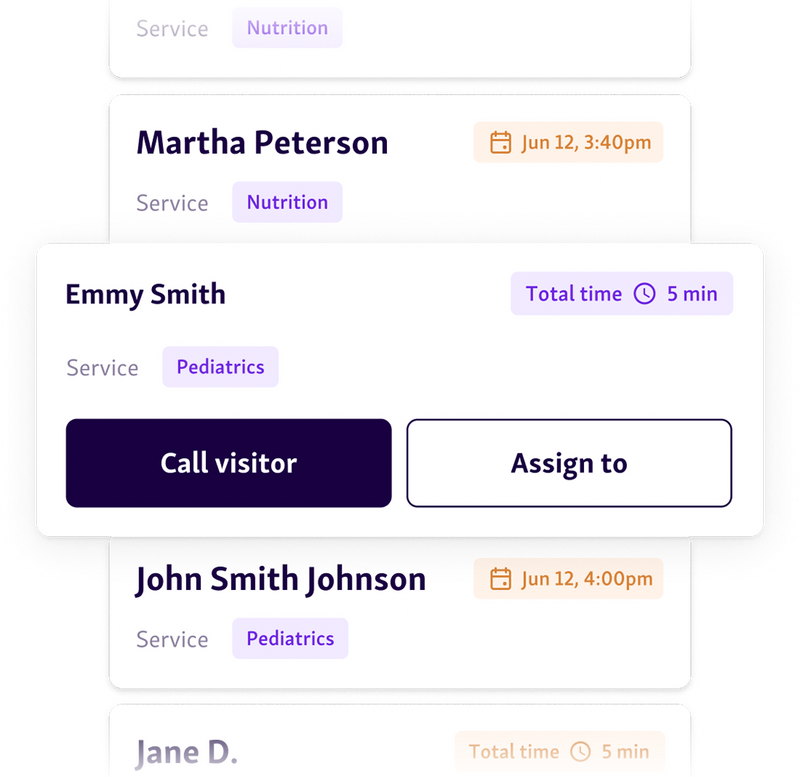
A few ways to use space well:
Create clear walking paths so crowds don’t pile up.
Spread out popular items to balance foot traffic.
Pair virtual queues with open waiting areas so people can keep shopping instead of standing still.
4. Use a Black Friday Checklist for Staff Preparedness
A good Black Friday Checklist isn’t just a list of tasks, it’s your blueprint for smooth operations. Proper Black Friday management starts with making sure you have the right staff in the right places. Extra hands, temporary hires, and designated greeters can make a huge difference when the store hits peak hours.
Training is key. Staff should know how to handle stressed shoppers, busy checkouts, and high-traffic areas. A well-prepared team can keep lines moving and avoid chaos, turning a hectic day into a seamless experience for both customers and employees.
Key tips from a Retail Checklist perspective:
Assign staff strategically to high-traffic zones.
Run quick briefings before the doors open.
Use checklists to ensure everyone knows their roles and responsibilities.
5. Keep Customers Busy While They Wait
Standing around doesn’t have to be boring. With the right setup, waiting can actually feel easy. Clear signs and open walkways help people feel less boxed in. Digital screens can point them in the right direction, share updates, or even highlight deals they don’t want to miss.
A little entertainment goes a long way too. Play product videos, run seasonal content, or share quick tips, anything that makes the time pass faster. Small touches like this keep shoppers relaxed and in a better mood.
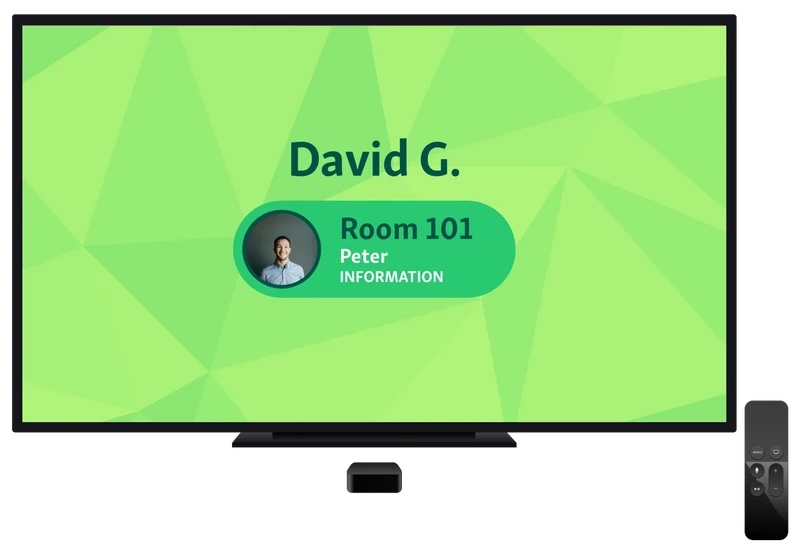
Simple ways to do it:
Use Qminder TV to show real-time updates so people know exactly where they are in line.
Highlight promos or best-sellers on screens to keep interest high.
Keep aisles clear and easy to follow so traffic moves without confusion.
6. Make Informed Predictions with Data
Data is your best friend when it comes to Black Friday management. Using historical sales figures and foot traffic patterns can help you anticipate peak hours and plan staff schedules effectively. This is a key part of any retail checklist.
By analyzing past Black Friday checklist data, you can identify trends, prepare for surges, and allocate resources where they’re needed most. Real-time queue data also gives insights into which areas get congested and where bottlenecks form.

Practical tips for smarter planning:
Review last year’s foot traffic and sales spikes.
Adjust staff shifts to match predicted busy periods.
Use queue analytics to refine layout and customer flow.
7. Gather Insights for Next Year
The work doesn’t stop once the doors close. A solid Black Friday checklist includes reviewing what worked, what didn’t, and planning improvements for next year.
Queue management software for retail like Qminder can track wait times, peak hours, and bottlenecks, giving you clear reports to guide future Black Friday management. These insights help refine staff allocation, store layout, and customer engagement strategies for the next sale.

Tips to capture valuable insights:
Analyze customer flow and wait times from queue data.
Identify the busiest areas and times to adjust staffing.
Note which promotions or displays drove traffic effectively.
You might also like - Strategies to Deliver Personalized Experiences in Retail Click-and-Collect Services
Prepare, Manage, and Learn
Black Friday doesn’t have to be chaos. With some planning, you can keep the day smooth and still hit your numbers. Focus on safety, use tech to keep lines under control, place staff where they’re needed most, and design the store so people can move freely.
Keep shoppers busy while they wait, and use data to plan for peak times. After it’s over, review what worked and what didn’t so next year runs even better.
Success comes from planning ahead and leveraging behavior data for queues, turning real-time insights into smarter staffing, smoother layouts, and a better customer experience.
Qminder’s virtual queue tools help with the heavy lifting, cutting wait times, easing stress for staff, and giving customers a better experience.
Start using Qminder today to master Black Friday crowds.
Set up overflow spaces ahead of time, keep a few float staff ready to jump in, and use mobile alerts to move shoppers toward less busy sections. Watching real-time foot traffic makes it easier to spot and prevent bottlenecks.
Temps need clear direction. Give them quick training on queues, safety basics, and how to help customers without slowing things down. Even a short onboarding makes a big difference in how smoothly they fit in.
Yes. You can use queue screens or apps to show flash deals, loyalty rewards, or featured products. It keeps shoppers entertained and can drive extra sales while they wait.

